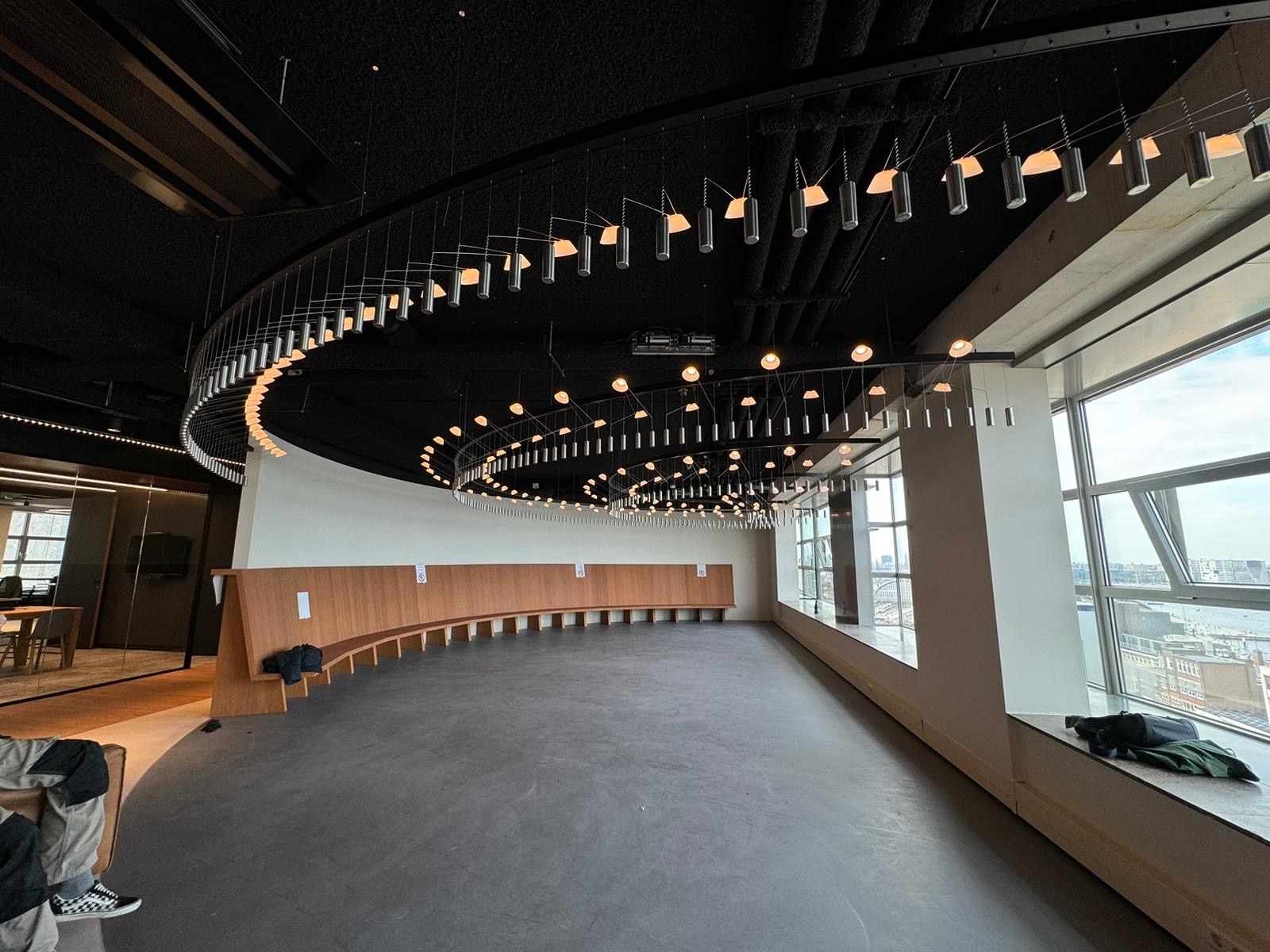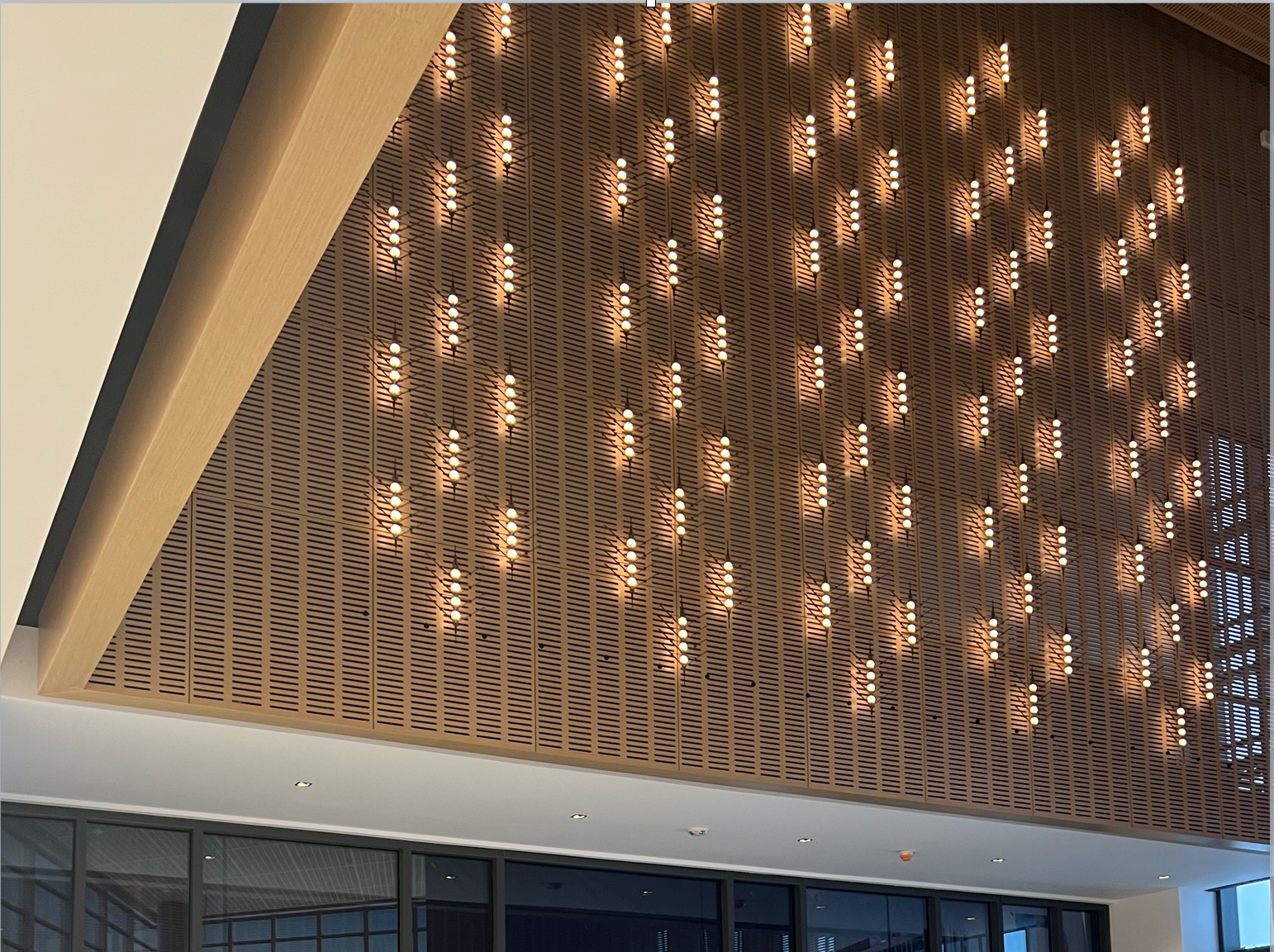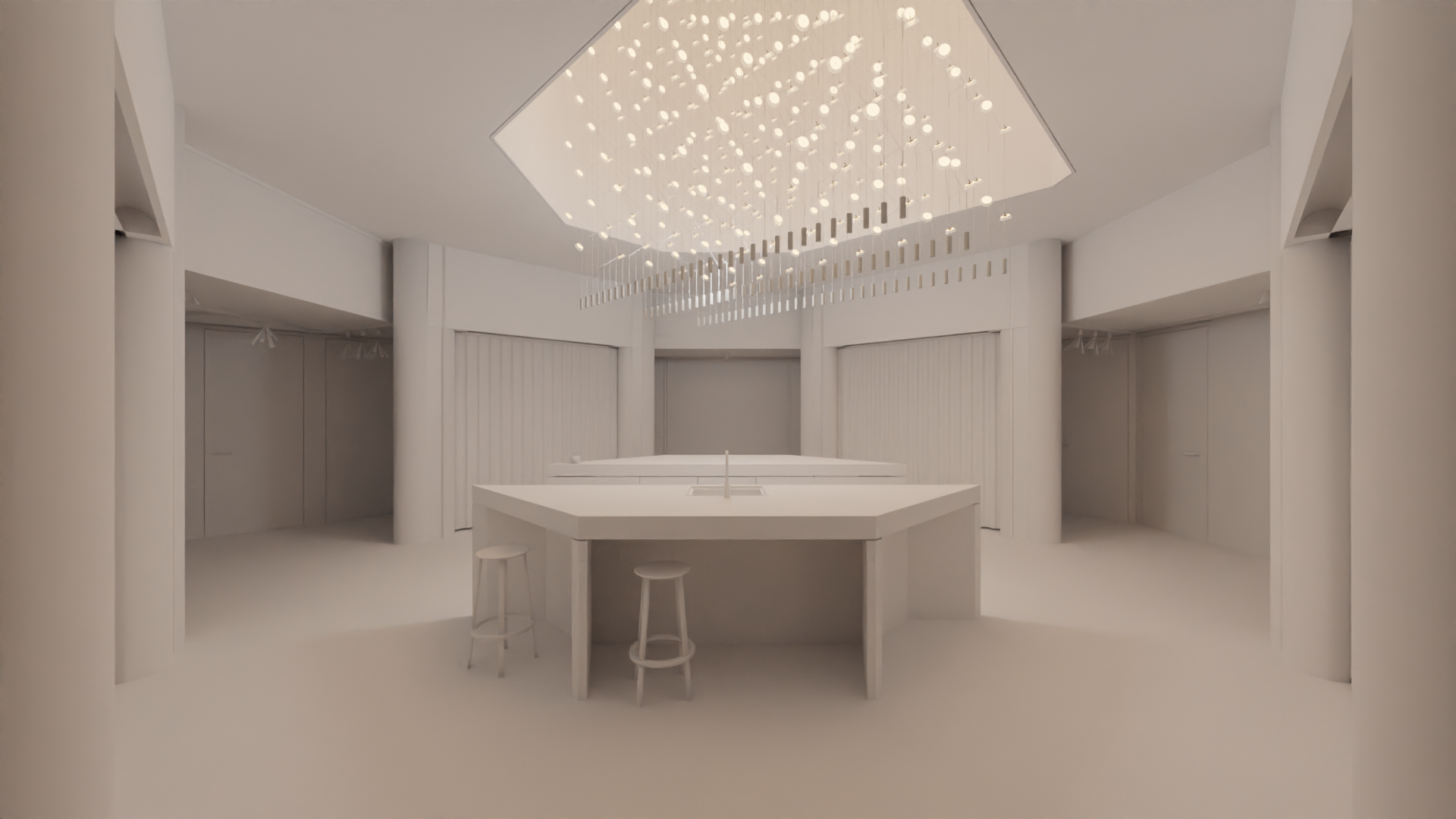Installing lighting in your home can seem like a daunting task, especially if you’re unfamiliar with electrical work or unsure of where to begin. In this article, we’ll help you navigate the process, providing expert tips, helpful resources, and practical advice to make the task easier and more manageable.
One of the first and most important steps is creating a thoughtful lighting plan. Rather than focusing on individual lights, consider how to illuminate your home as a whole. This broader perspective will help you achieve a well-balanced and functional lighting scheme throughout your space. If you’re not sure where to begin, check out our article on lighting plans for additional guidance.
Here, we’ll share practical advice on installing, dimming, and controlling your lights. We’ve gathered some of the best tips, tools, and resources to help you get started and make smart choices along the way.
OUR VISION AT LIGHT CONTROL / DIMMING
Are you moving, renovating, or building a house and feeling overwhelmed by your lighting options? You’re not alone. With the rise of LED technology, the market has become flooded with a variety of drivers, dimmers, and control systems, making the selection process more complex than ever. Unlike in the past, when most lights operated on 230V and were easily dimmed with phase-cut dimmers, today’s lighting demands a more nuanced approach.
We figured out 5 questions to ask to be able to give an advice for our European clients.
1. DO YOU WANT TO DIM YOUR LIGHTS?
The answer is YES! We believe dimming your lights is essential. Controlling the brightness of your lighting is a must for creating a comfortable living environment.
Everyone has different lighting needs based on their location and lifestyle. For instance, people living closer to the equator may require different lighting than those in northern climates. Additionally, age plays a significant role in lighting preferences—generally, the older you are, the more light you need for daily tasks and comfort.
There are three primary ways to dim your lights:
1. Phase-Cut Dimming: This is the oldest and most widely recognized method, allowing you to control the brightness by cutting the phase of the electrical signal.
2. 1-10V/0-10V Dimming: This method requires a communication cable and allows for smooth dimming control, often used in commercial applications.
3. DALI Dimming: Similar to 1-10V, DALI (Digital Addressable Lighting Interface) also requires a communication cable and provides advanced control options, enabling individual light fixture management.
2. ARE YOU CONSIDERING YOUR LIGHTING IN A NEW OR EXISTING SITUATION?
Existing Situation: If you’re in an existing home, it’s essential to check the type of electrical cables installed. With 3-core cables (brown, blue, and yellow/green), you can only use phase-cut dimming. If your lights need a different dimming method, you’ll require an additional actor to enable dimming, which may not always provide the best quality. However, if you have 5-core cables (including two extra black wires), you can take advantage of all available dimming techniques, offering greater flexibility and improved quality.
New Situation: When renovating or building a new home, always choose 5-core electrical cables. This decision will future-proof your home and give you access to a broader range of dimming systems.
3. WOULD YOU LIKE TO CONTROL YOUR LIGHTS WITH A SWITCH, SMARTPHONE, OR SMART HOME SYSTEM?
Let’s clarify what we mean by each option. A switch is mounted on your wall, a smartphone is your mobile device, and a smart home system allows you to create automated programs. You can also use a combination of these methods.
Switch: Many people prefer the simplicity of controlling lights with a wall switch when they come home. While some may not want multiple switches in every room, it’s possible to have a single switch that controls multiple groups of lights, reducing the overall number of switches needed in your home.
Smartphone: Some prefer to control their lights via a smartphone app. However, everyone who uses this method needs to have the app installed. For instance, if you have a cleaner in your home, they will also need access to the app. We recommend using this option in combination with another control method for added convenience.
Smart Home System: A smart home system allows you to create automated programs. For example, you can set your curtains to open in the morning, and your lights can turn off as a reminder to go to bed. This system can adjust your lighting based on the time of day, enhancing your home’s ambiance and functionality.
4. WILL YOU BUY ALL NEW LIGHTS OR USE EXISTING ONES?
Let’s take a moment to discuss lighting options. In the past, we primarily used 230V light bulbs, and later, halogen bulbs became popular. Now, with LED technology, we often use 24V, 12V, or even other voltages, which is crucial to understand. This is why a ‘LED driver’ is needed; it converts the current and voltage to the appropriate levels for the LED lights and is typically installed in the canopy. The type of LED driver you use will also determine the dimming technique available.
If you’re planning to buy all new lights, it’s wise to choose fixtures that use the same dimming technique, as they often come with various dimming systems available.
If you have existing lights, you’ll need to identify the dimming systems in use and create a list. For example, if the fixtures use an E24 fitting, they are likely using phase-cut dimming.
“I recently moved into a home from 1830, and the electrical setup was a nightmare. The switch by the door controlled lights in the kitchen and other areas, creating confusion. By using a combination of Philips Hue and Zigbee, we now have smart switches that can be programmed to control specific lights. This has been a tremendous relief. Instead of overhauling the entire electrical system, we invested in the control system, making this old house future-proof.”
5. WHICH SYSTEM DO YOU WANT TO USE TO CONTROL YOUR LIGHTS?
Action Plan
1. Choose a System: Select one system to control your lights.
2. Identify Dimming Needs: Determine which dimming systems you need and create a list.
3. Ensure Compatibility: Make sure you have the right drivers and dimmers connected.
4. Select Dimmers: Choose dimmers that are compatible with your control system.
5. Get the Right Switches: Choose switches that fit your chosen system.
Common Mistakes to Avoid :
Overbuying Dimmers: Many people purchase dimmers for every room without knowing which lights they want to control. Avoid this, as it can lead to unnecessary expenses and the risk of needing to discard unused dimmers.
Using Multiple Control Systems: Investing in multiple control systems isn’t necessary. Opt for a cooperative system that can integrate various devices for a more streamlined experience.
“Additionally, while building a new house, the recommendation for 5-core cables became clear to me. I use these cables in areas where I have DALI-controlled dimming, while I’ve opted for 3-core cables in other spaces. I’ve realized that dimming isn’t just about control; it involves more complex considerations. Nevertheless, I’m very pleased to use Zigbee to manage both my DALI dimming lights and the fixtures I’ve had since the nineties.”
If you are interested in a lightplan.
Which basically means we give an advice on everything about light in your house.
VANTOT | Nassausingel 26 | 4811 DG Breda | The Netherlands | | info@vantot.nl
© VANTOT | terms and conditions | delivery and returns | cookies | privacy policy

























